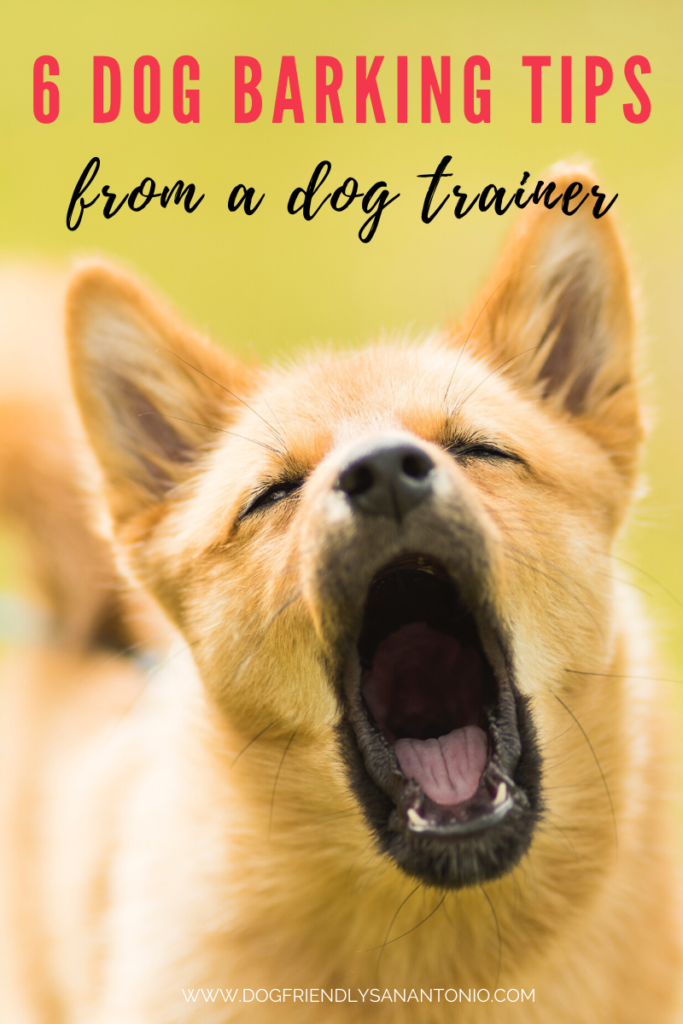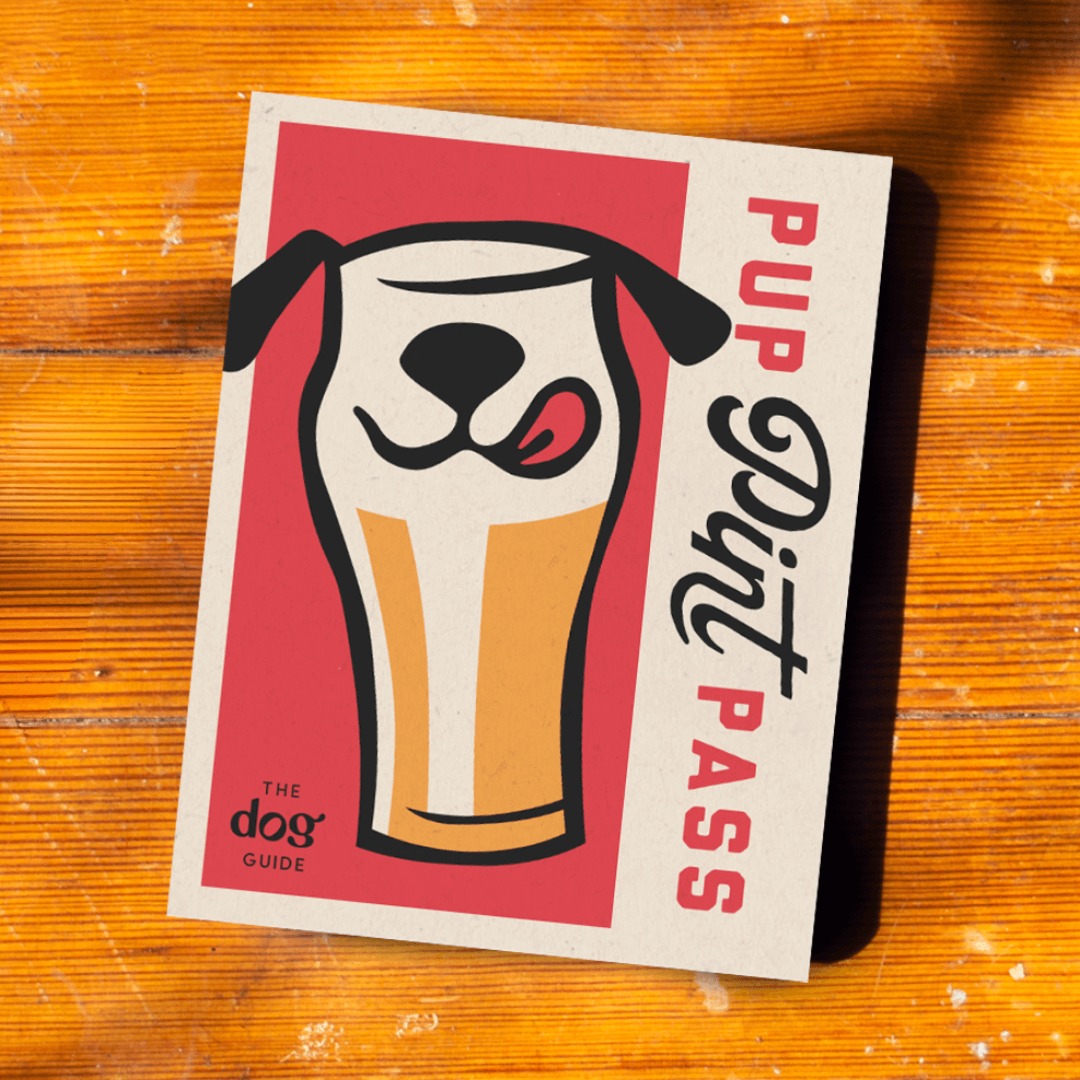
The most common training question I get asked from dog owners is “How do I get my dog to stop barking?” And I hate to break it to ya, but everyone always hates my answer, and it’s not an easy one. Bringing a stop to your dog’s barking can be done without resorting to quick fix tactics like anti-bark collars, though. Before we begin, here are some things to consider when trying to understand why your dog barks:
Why Do Dogs Bark?
- Dogs bark for MANY different common reasons: territorial barking, excitement, demanding your attention, separation anxiety, a fearful dog or general anxiousness, or you could simply have a bored dog. In order to address the barking behavior, we need to figure out the cause of your dog’s barking and get inside your dog’s mind.
- Barking is such a doggy behavior. Asking your dog to stop barking completely is like asking someone to never laugh again. Barking is a natural behavior for dogs.
- Barking is a behavior that is self-rewarding. In order to stop a behavior, we’d have to find a way to stop all positive reinforcement.
Now, let’s talk about some general training techniques I recommend in my training sessions to address excessive barking.
6 Techniques to Get Your Dog to Stop Barking
Teach an Incompatible Behavior Rather than a Hush Cue
Sometimes a professional trainer will prefer to teach a hush cue. In order to do that, you would have to trigger your dog to bark. Once barking, say the cue you have chosen (“Shh,” “Hush,” “Thank you,” are some examples), and wave a super smelly treat (like peanut butter) in your pup’s nose. They will typically stop barking to sniff or take the treat at which point you would reward. The problem with this tactic, is anytime you ask your dog to bark, you are allowing the self-rewarding behavior to only get stronger thus making the training just that much more difficult. Additionally, you’re adding an extra training step with demand barking.
Instead, I like to teach an incompatible behavior. If your dog is alarm barking at the window or along the fence line, use a firm voice to teach a rock-solid come and sit. If your pup is barking at people when they come over, work on relaxation skills. Giving your dog strong skills to divert them from whatever they’re distracted by is a great way to stop your barking dog
Management is Key to Stopping Your Dog’s Barking!
If you’re working on teaching your dog to not bark at triggers (a loud noise, people passing by the front door, people coming into the home), you must manage the situation until you have done enough training to the point your dog can make the right decisions without your intervention. This means blocking the living room window when you’re not home, or not allowing your dog to go outside alone to run the fence line. You must go through training scenarios to build up reliability and consistency to establish good behavior and break bad habits, and then slowly implement them in the real-life scene. Once your dog starts making their own choices to not react to their triggers, then you can start to eliminate the management techniques and allow more freedom.
Remove Reinforcements
If your dog is barking for attention, be sure NOT to give your attention. Not even a tiny bit! Not even to tell them to stop barking! Instead, get up and walk away. But I must warn you, if your dog is used to getting attention when barking, the behavior will get worse before it gets better. Imagine your dog saying “Hey! Why aren’t you paying attention? This normally works. Are you broken? Did you go deaf? HELLO!” When you no longer reinforce, your dog will throw a bit of a fit to figure out why you stopped working. Be sure not to give in at this point, or else your dog will learn to bark louder and longer to get your attention.
Desensitization
Dogs learn to bark at specific stimuli like the doorbell because every time it rings, the magical portal called the front door brings something exciting. If you start to ring the doorbell daily without the fun result, they will learn the doorbell is no longer anything exciting. Ring it so many times, it’s no longer exciting. If your pup barks at other outside noises, find ways to desensitize them to those, as well.
Work on Settling Skills
Asking your dog to stop barking is the same as asking your dog to calm down from a hyped-up mental state. Practice that skill by getting your dog riled up in play then suddenly asking them to settle into a sit or down. This is a simple training method you can easily try at home.
Reward Like Crazy When They Don’t Bark
When your dog starts to get the hang of it and starts making the right decisions, be sure to praise and reward their quiet behavior!
To sum things up, finding the underlying cause of the barking your dog exhibits to different stimuli is crucial to finding the best way to help improve your dog’s behavior. Once you have an idea of what makes your canine companion bark, you can try out the techniques above—and if the first one you try doesn’t work, try a different approach with a different technique. And if you’re still having difficulty with excessive dog barking, you can always seek professional help and do some more intensive training with a certified professional dog trainer to get to the root cause and find a solution to your dog’s barking problem.
Looking for more dog training tips? Check out these posts:
Well, It Is a YAPPY Hour, Right? | A Dog Trainer Tells All
Easy But Cute Dog Tricks to Learn at Home
Techniques To Slow Down A Dog That Eats Too Fast

